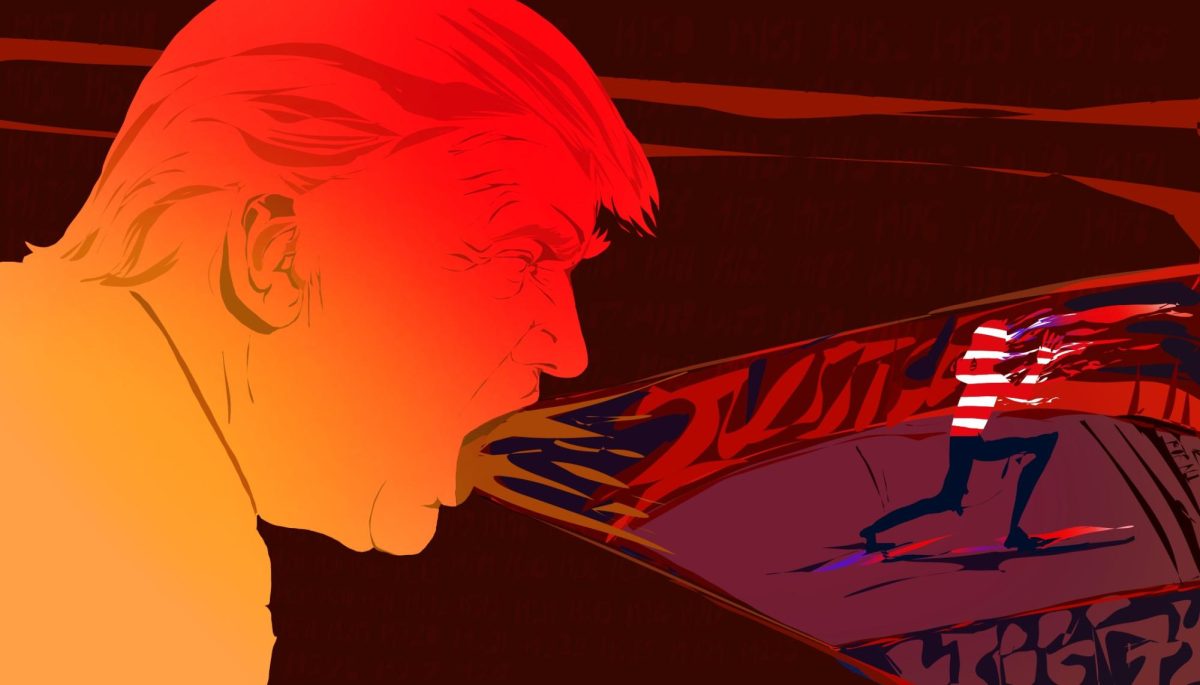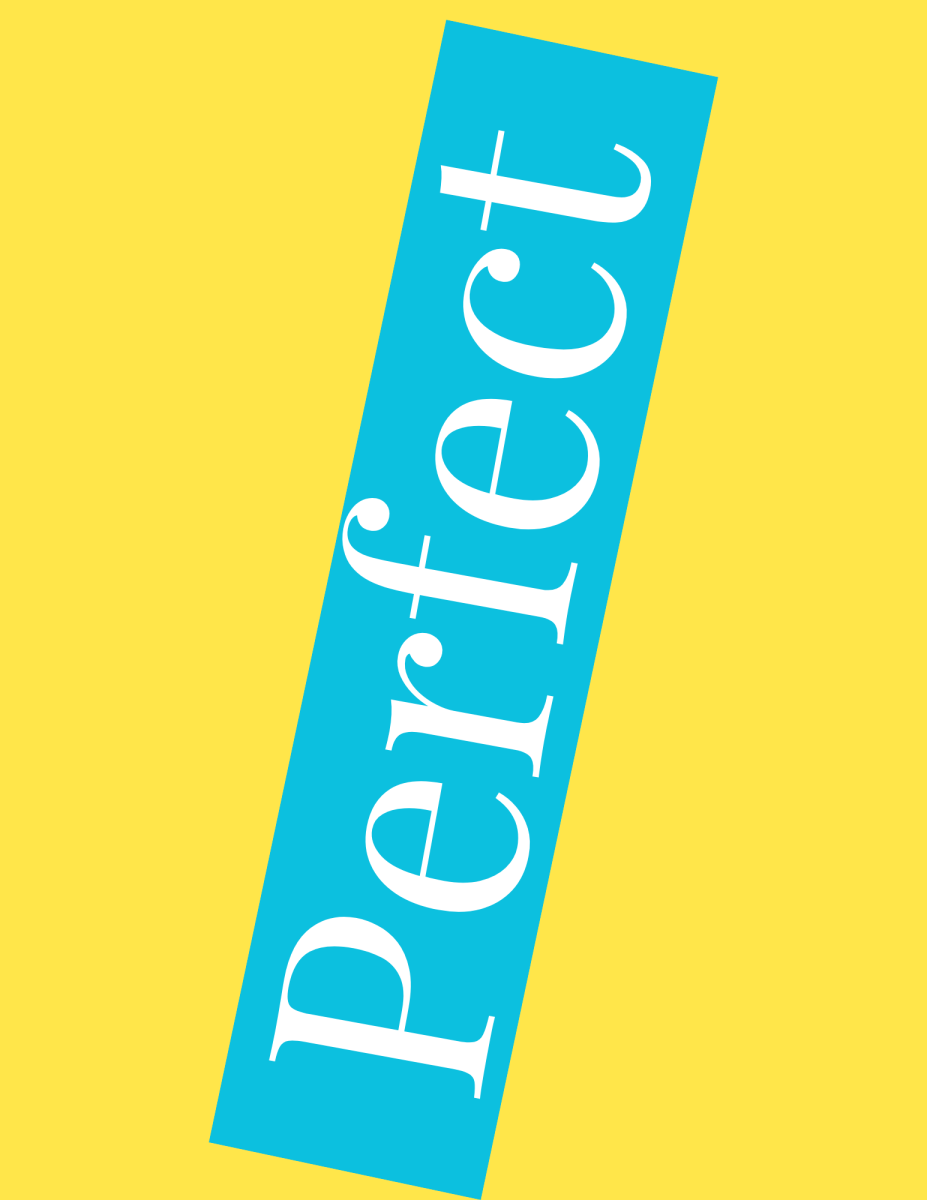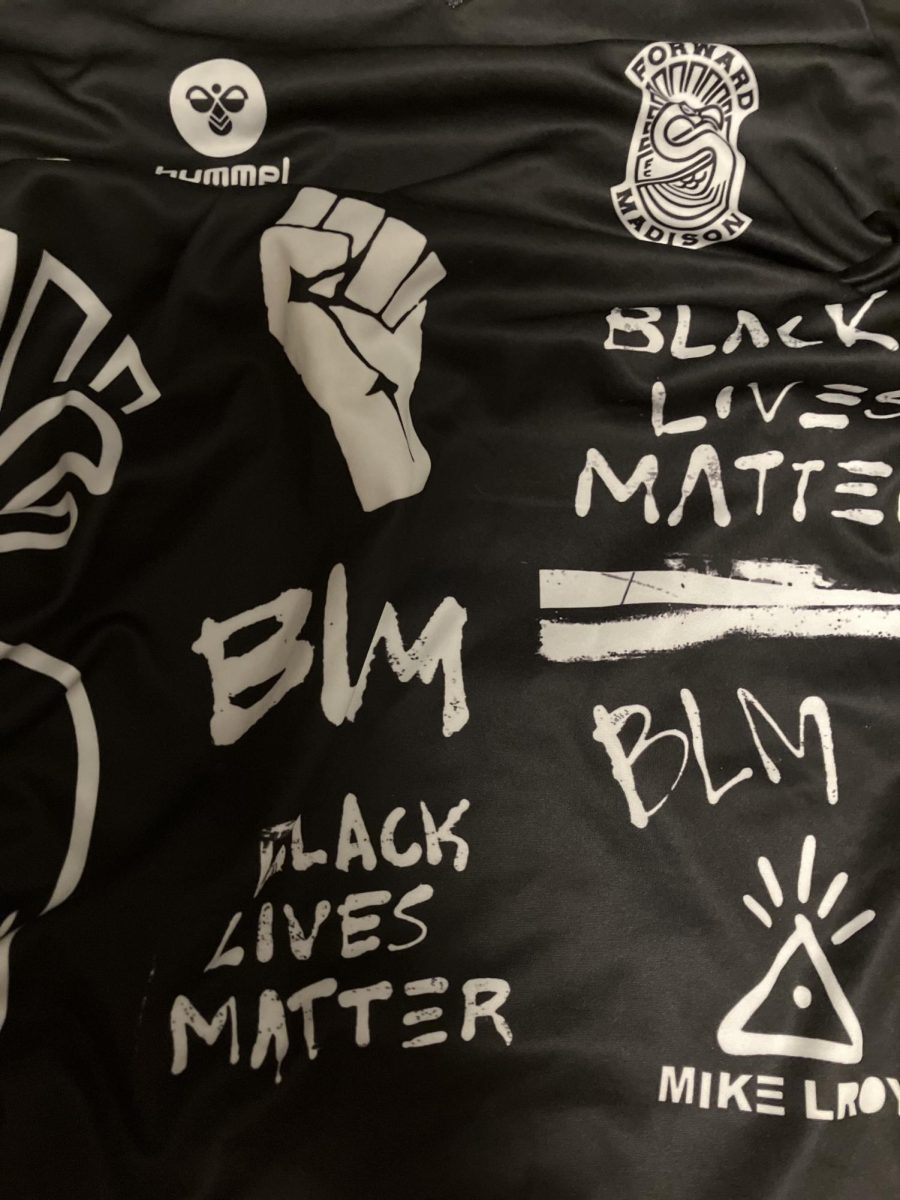Mickey Mouse, created by Walt Disney and Ub Iwerks in 1928, has over the last century become one of the most recognizable and popular cartoon characters in the world. Now, as of January 1, 2024, the anthropomorphic mouse has lost its copyright protection and will for the first time enter the public domain.
Copyright protection owes its legal foundation in the United States to the Statute of Anne, passed in England. Under the Statute, authors’ works were first recognized as their intellectual property, giving them the legal right to control how it could be published or used. When the Constitution was drafted, the Copyright Clause codified this principle for the new republic in “securing for limited Times to Authors and Inventors the exclusive Right to their respective Writings and Discoveries.” In its ensuing intellectual property statutes, Congress has expanded this protection from just written works to all forms of media and artwork, films included.
When the Mickey Mouse character was first introduced with the film Steamboat Willie, the Walt Disney Corporation procured a copyright within three days. Under the terms of this copyright, Disney held full legal rights to the character and all associated artwork and films, including the ability to prevent any other person or corporation from using it.
Under the Copyright Clause, all copyrights and patents must be limited and last a finite duration. Renewals and extensions can make a copyright permanent for all intents and purposes, and Disney’s Mickey Mouse copyright had already been extended many times. Now as the copyright is expiring, Mickey Mouse and the initial films will enter the public domain and be available for free use by any person or corporation. Notwithstanding the expiring copyright, the Mickey Mouse will still remain heavily controlled by Disney’s trademark, which has no sunset date. As Disney has argued, because the character is inextricably linked with their brand, most uses by other corporations will create brand confusion and thus be blocked by the trademark.







